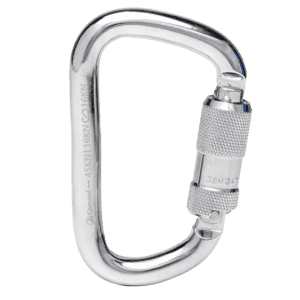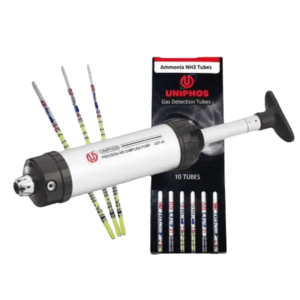Multi-gas detectors are portable devices that monitor the air for the presence of multiple hazardous gases, such as hydrogen sulfide (H2S), carbon monoxide (CO), oxygen (O2), and combustible gases. These devices are essential in environments where multiple gases may be present and pose a risk to worker health and safety. Multi-gas detectors provide real-time monitoring, offering audible and visual alarms when dangerous gas concentrations are detected. They are commonly used in industries like oil and gas, mining, firefighting, and confined space entry, and must comply with international standards such as IECEx and SASO 2746 to ensure performance and reliability.
Key Features:
- Simultaneous Gas Detection: Monitors multiple gases simultaneously for comprehensive safety.
- Real-Time Alerts: Provides immediate warnings with both visual and audible alarms.
- Compact and Portable: Lightweight design for ease of use in the field.
- Long Battery Life: Ensures continuous operation for long working shifts.
Types and Standards:
- Portable Multi-Gas Detectors: Handheld, battery-operated devices for on-the-go monitoring.
- Fixed Multi-Gas Detectors: Stationary systems for continuous monitoring in a fixed location.
- IECEx, SASO 2746: Standards for multi-gas detectors to ensure safety and compliance in hazardous environments.
Brands Available:
Honeywell, MSA, RKI Instruments, Dräger, and GFG are known for offering reliable multi-gas detectors that are used in a variety of industries to safeguard workers from toxic gases.
General Maintenance:
Regularly calibrate the device according to manufacturer instructions to ensure accurate readings. Inspect the sensors and replace them when necessary. Clean the detector after each use to maintain optimal performance, and store it in a safe, dry location when not in use.





